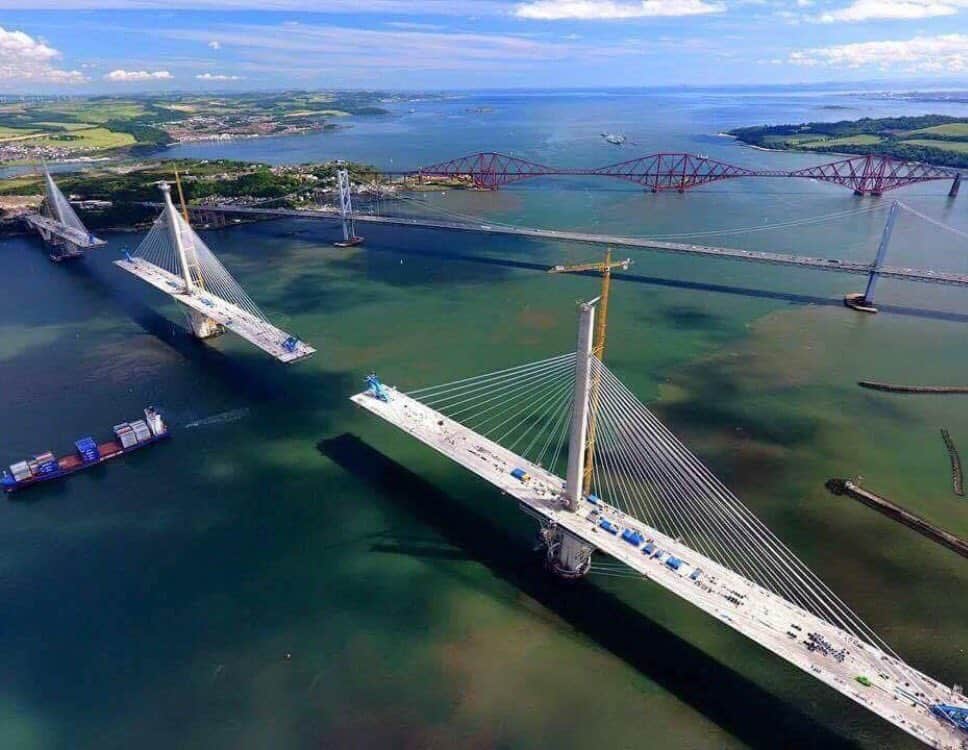 Stuart Nathan
Stuart Nathan
Features editor
Our upcoming anniversary supplement attempts to present the context of the history of many aspects of engineering as well as looking to the future
Early next week, our September issue will be hitting readers' doormats. It will make a louder thump than usual, because the magazine will be accompanied by a special supplement to commemorate our 160th anniversary. As the content director of the supplement, I thought I should write a few words to explain what we were trying to do.

Readers will already have seen some historical articles about the contribution of women to engineering; the chequered history and fascinating personalities involved with building the icons of engineering, the world's bridges; the equally fascinating history of the land speed record, one of the world's most enduring engineering challenges; and an outline of the development of electricity generation from the time of the magazine's founding. We chose these sectors because in all of them, the UK has played an important role in their development (hardly surprising, because of the status of the UK as the home of the Industrial Revolution). To accompany these historical articles, we have sought the opinions of some of the people on the front line of these sectors today.
Alongside these features in the supplement, we have included articles covering some of the most important sectors that we write about today: aerospace, automotive, rail, defence, and the digital industry. Each of these, we have tried to place current developments in the context of the development of the sectors.
Not to neglect the lighter side, we also asked our resident science-fiction writer, Jon Wallace, to place himself in the shoes of one of his most illustrious forebears, HG Wells, and imagine how the seminal author might have imagined future developments had he been reading The Engineer in 1895 (the year in which he stretched his imagination from his cosy Woking home to write The Time Machine). We have to say that we don't know whether Wells was one of our readers, although it does seem likely. We are also very pleased to welcome artist, animator and writer Sydney Padua to the pages of The Engineer. Sydney is the creator of the New York Times-bestselling graphic novel, The Thrilling Adventures Of Lovelace and Babbage, for which she was nominated for two Eisner awards (the Oscars of the comics industry) this year. It is, incidentally, published in paperback this week and I thoroughly recommend it to all our readers. She can also be heard on last week's edition of BBC Radio 4’s Woman's Hour, discussing the role of Ada Lovelace as the first computer programmer (this link is live as this article went on-line but may not remain so). Sydney has produced an exclusive three-page comic for us, depicting the founding of The Engineer and the reaction of one of its more illustrious readers (and friend of the founding editor, Edward Charles Healey).
Finally, we've attempted to highlight some of the most important dates in the history of engineering, all of which were covered in the pages of our magazine during its long history. When we produce the digital version of the supplement, which will go online on our website soon after it is delivered to readers, these dates will appear as live links to facsimiles of the original articles where they are available.
I hope that this supplement presents an interesting and valuable depiction of where industry has come from during the 16 decades that this journal has existed, where it is now, and to some extent at least where it is going in the coming years. It's been a fascinating journey putting it together, and hopefully readers will keep it safe to refer back to. It's always interesting to see what we got right and what we got wrong (in our 150th anniversary supplement, we unfortunately got quite a bit wrong. Regular readers may remember that I have quoted before the great genius of quantum mechanics Neils Bohr, who said "Prediction is very difficult, especially when it's about the future."). But the sections of the new supplement that put developments in their historical context will of course remain relevant for years to come. Of course, we hope the magazine remains around for many years to come: the world of engineering never fails to be a fascinating one and represents one of the best gauges of the progress of the Human Race.










Water Sector Talent Exodus Could Cripple The Sector
Maybe if things are essential for the running of a country and we want to pay a fair price we should be running these utilities on a not for profit...